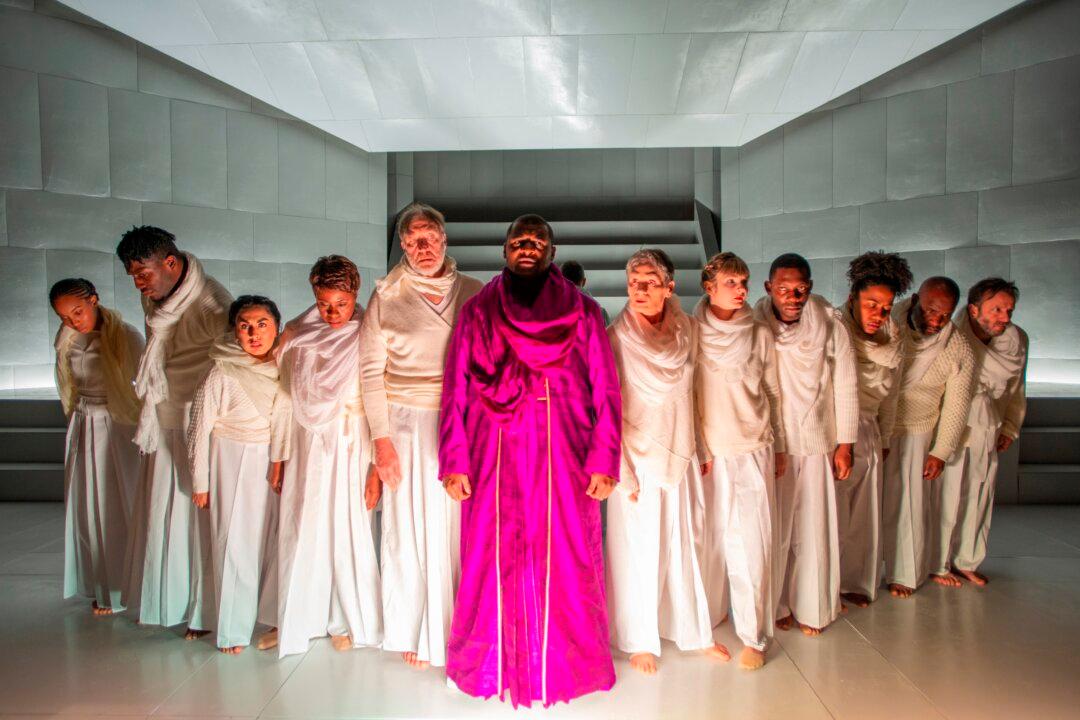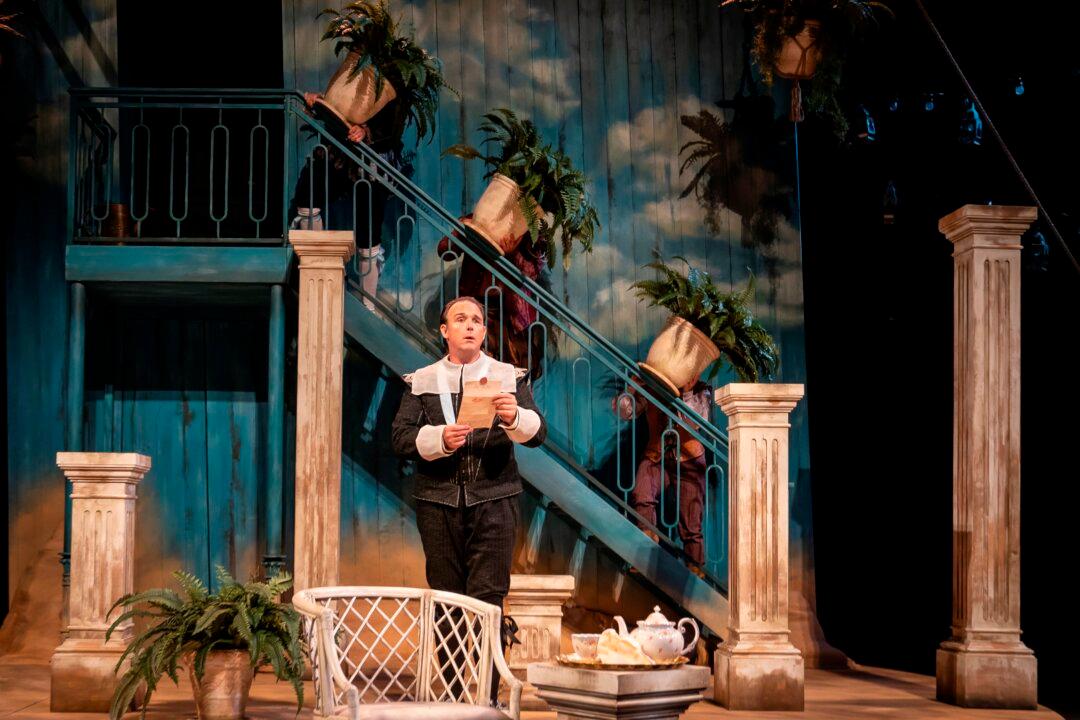Historian and educator Jason Goetz looks to the classics as a means for our culture to survive.
As author of two sets of histories, one completed and the other in process, Goetz hopes his works will reinvigorate high school history classes and better prepare the next generation. This is crucial, Goetz believes, because the model for how we educate is broken.
Amid a polarizing political environment, Goetz worries that what our youth are learning in history and civics classes—often only dates or narratives that scratch the surface—is insufficient. Yet our democracy requires educated voters who are able to discriminate between truth and fiction, which a deeper understanding of history would provide.
Also, embodied in our Western history and its classics are our ideals. If education does not provide a deep knowledge of these, our students will lack social cohesion, a way to define themselves, and a source of inspiration. Youth so educated are vulnerable to being radicalized, Goetz believes.“A common history strengthens our ties to a common culture,” he said.
Reclaiming Our History
When Goetz was in high school his grandfather gave him Encyclopedia Britannica’s 54-volume “Great Books of the Western World” set, but he never cracked them open. In college, when he finally read them, he fell in love.





